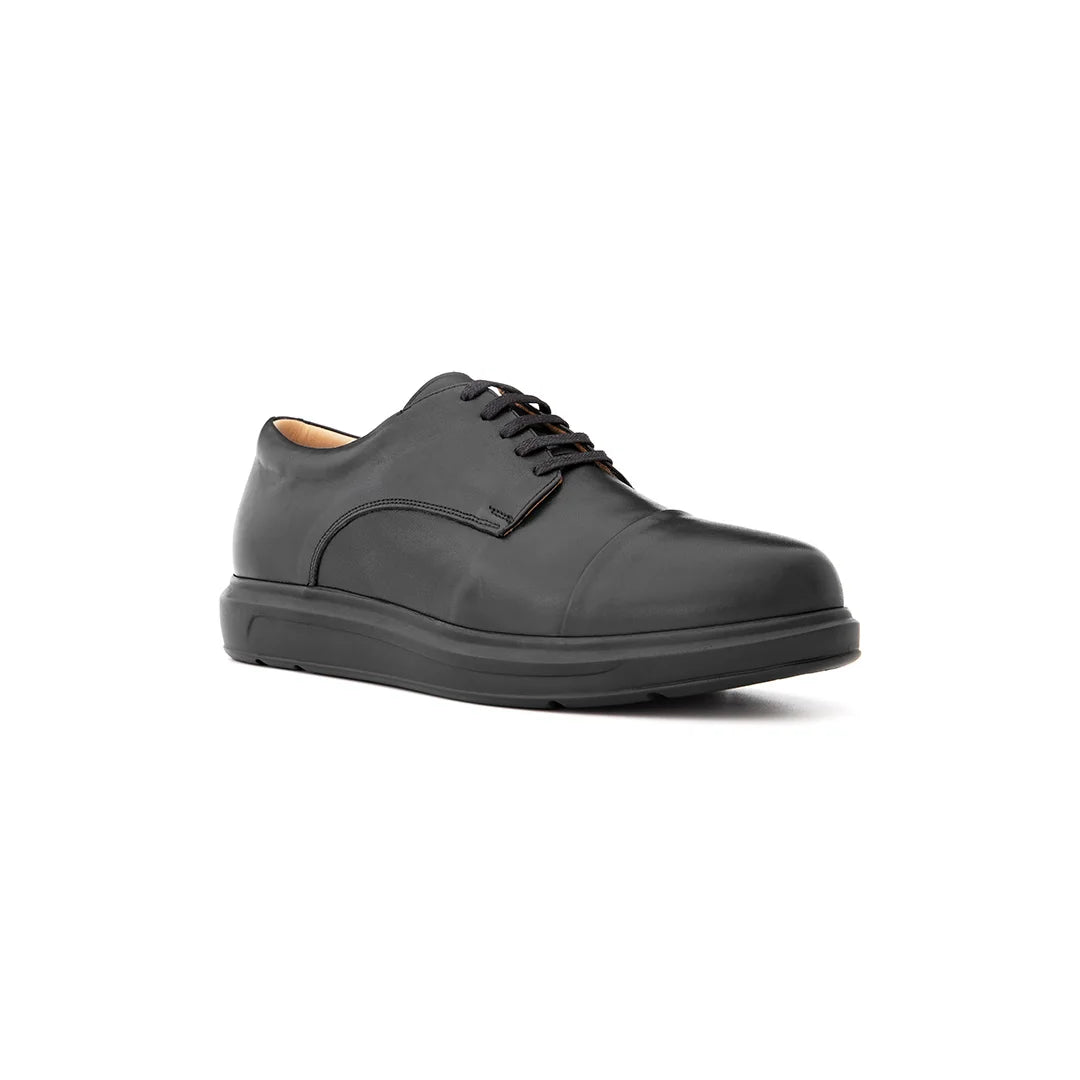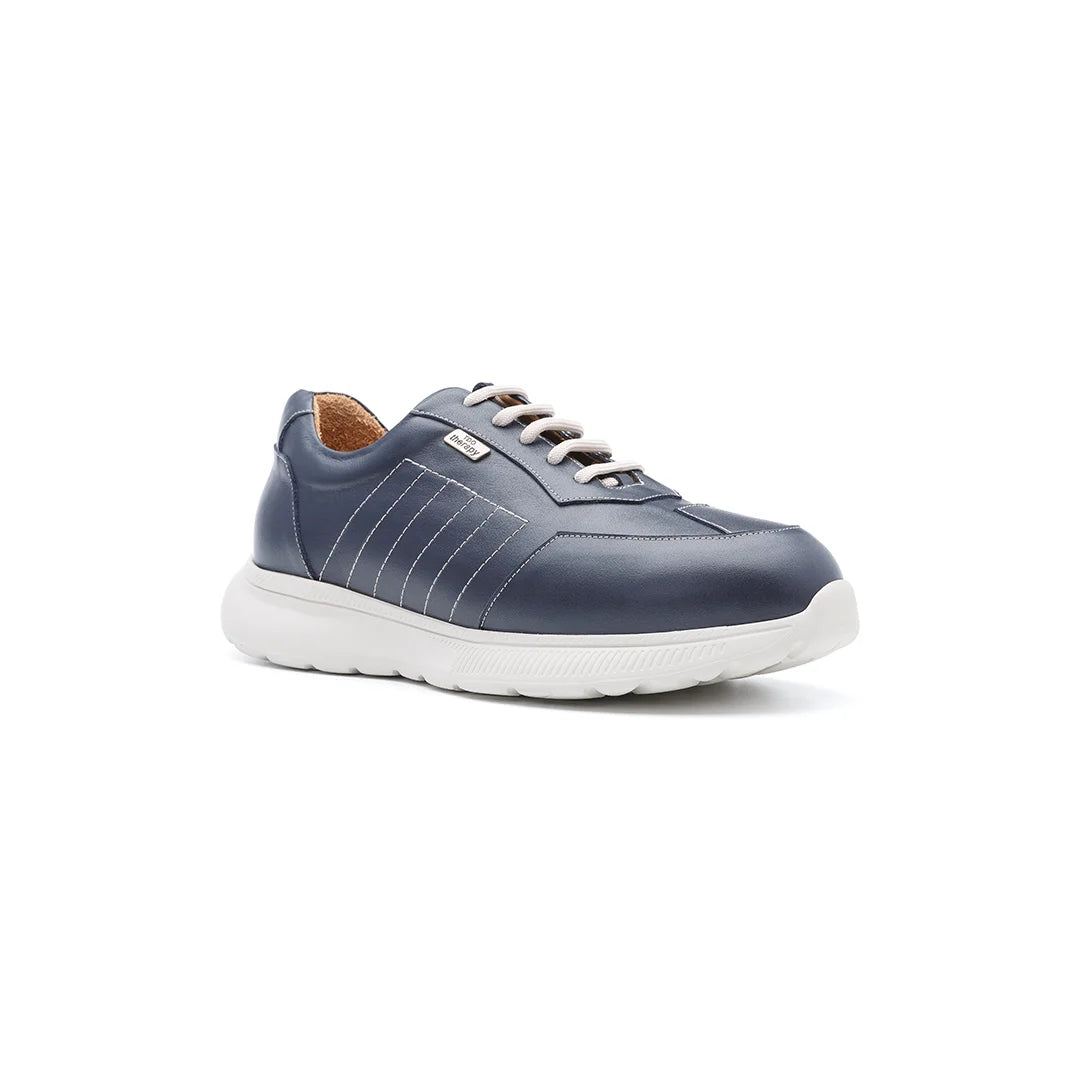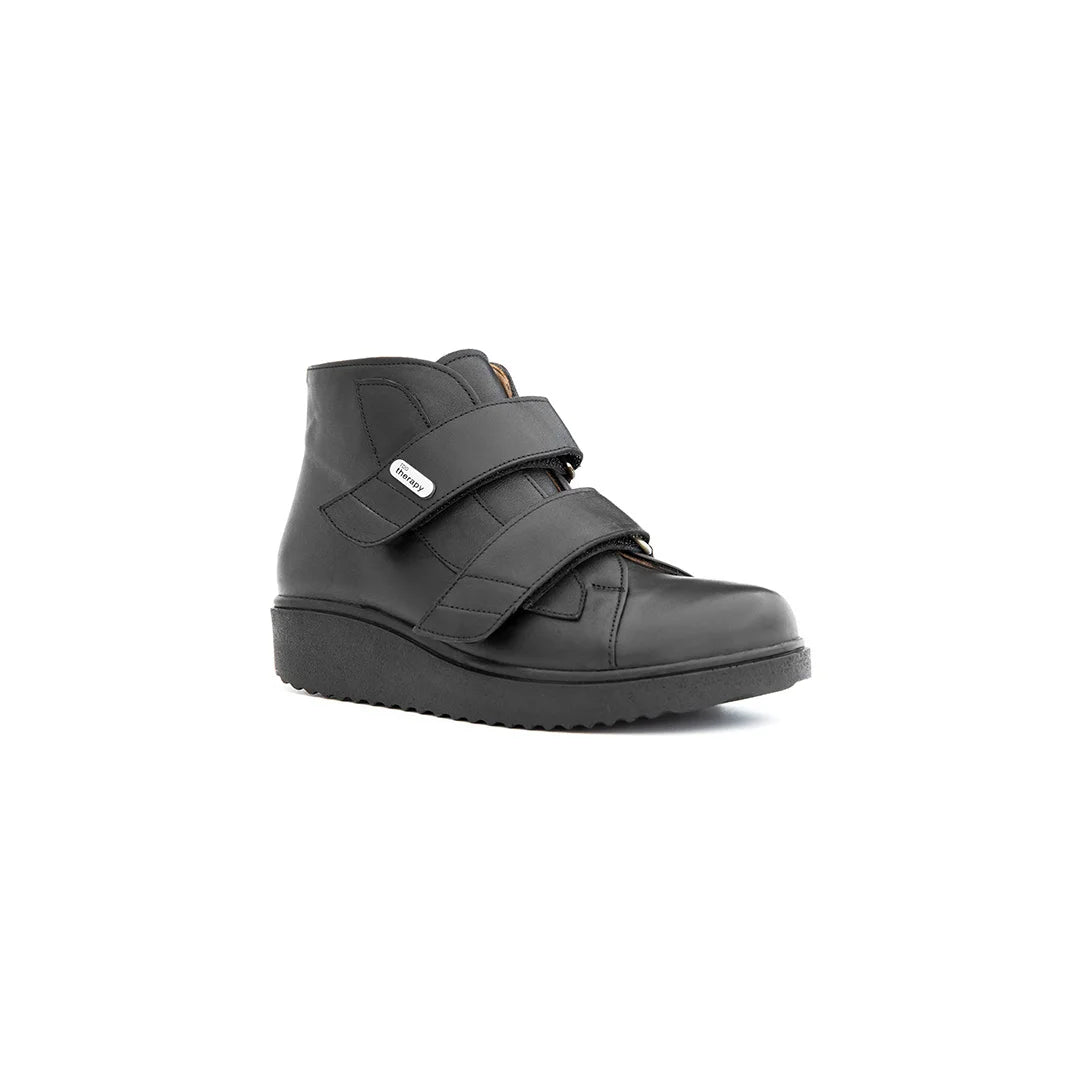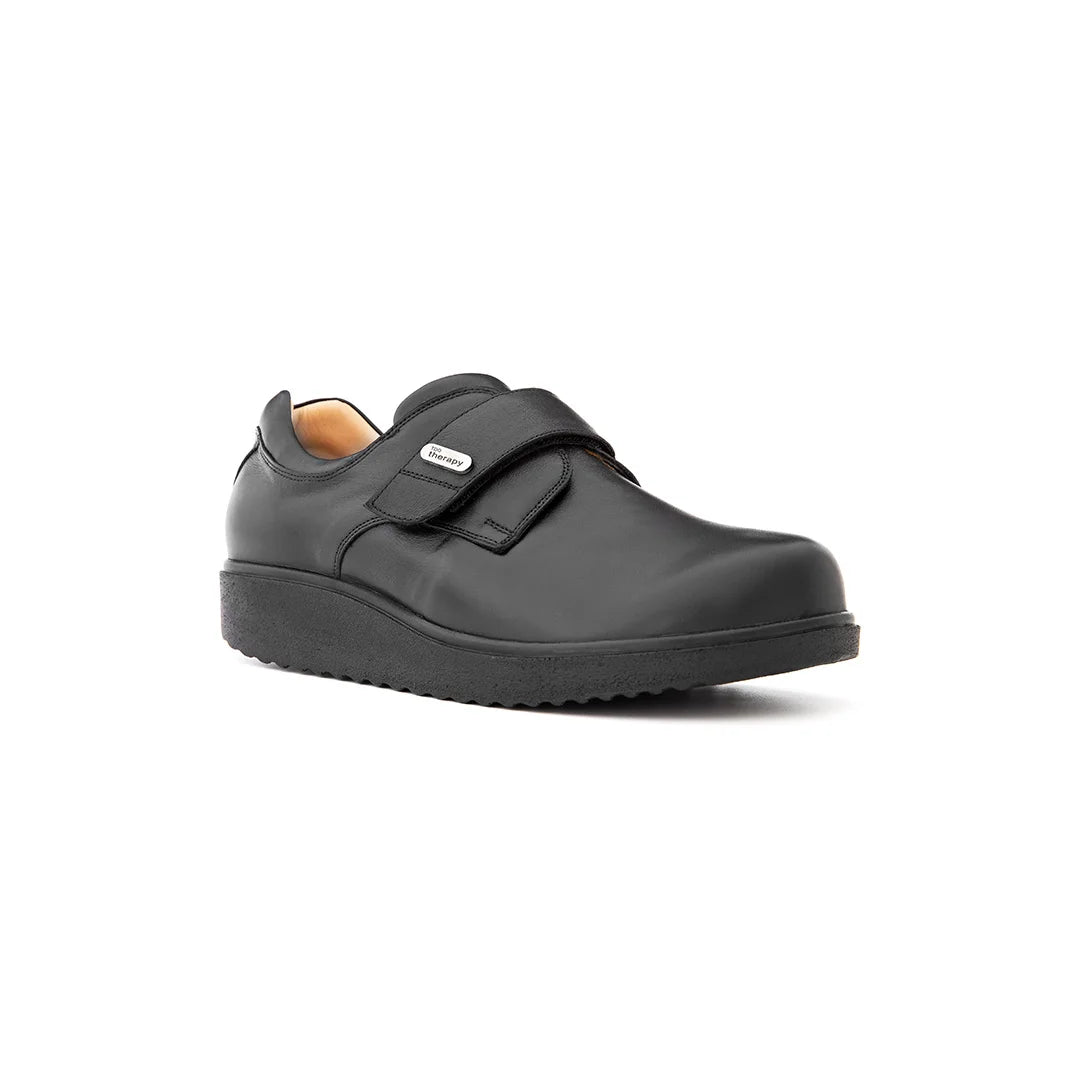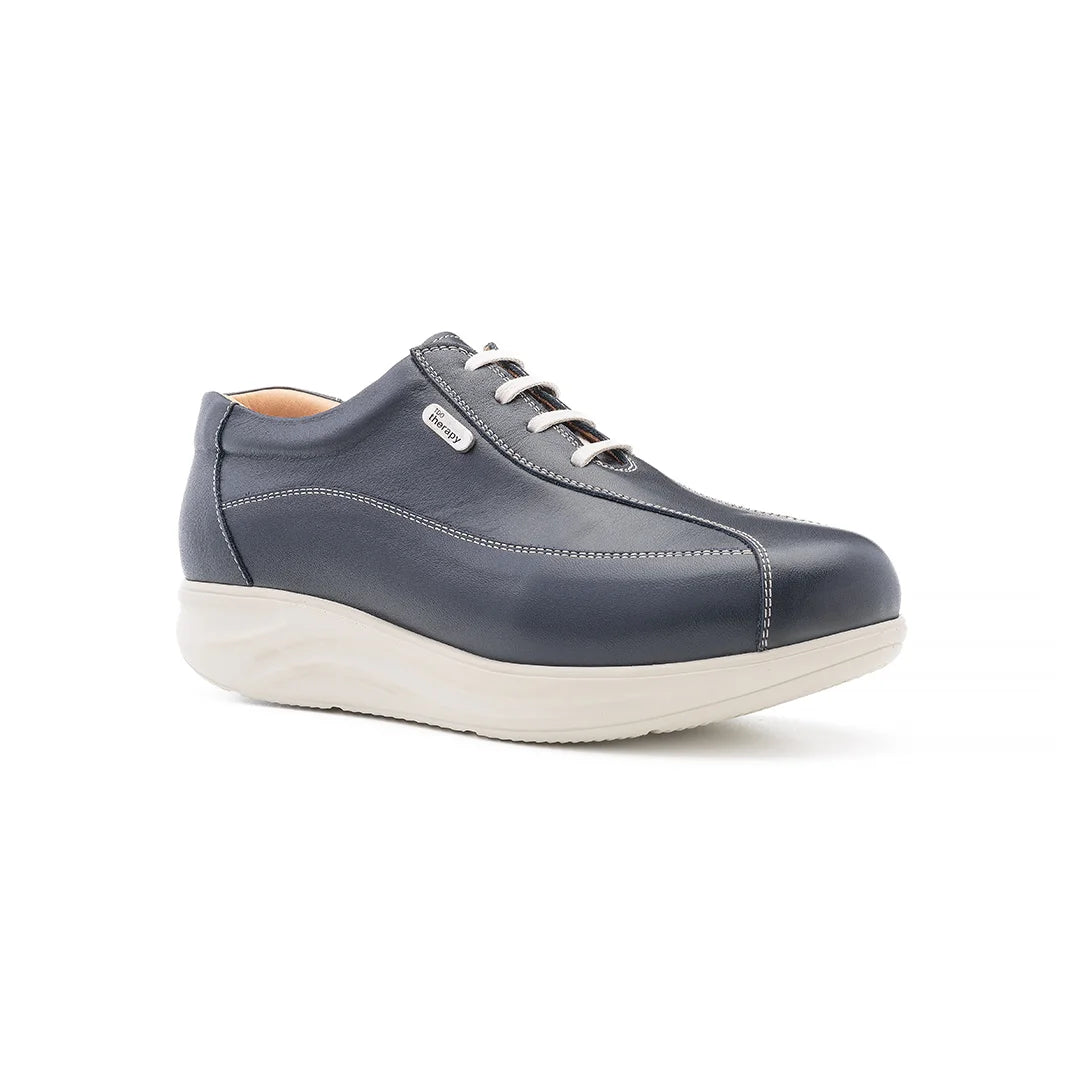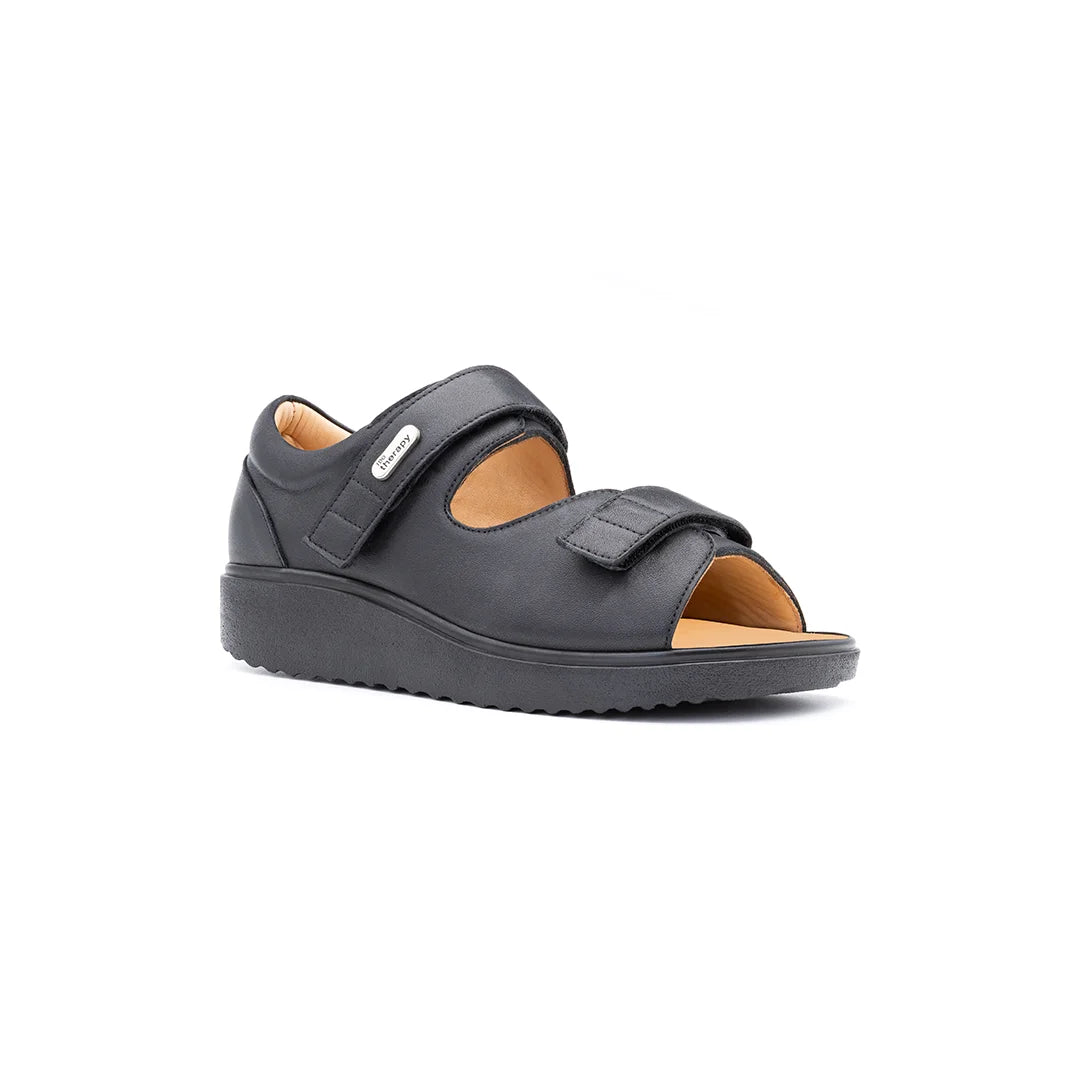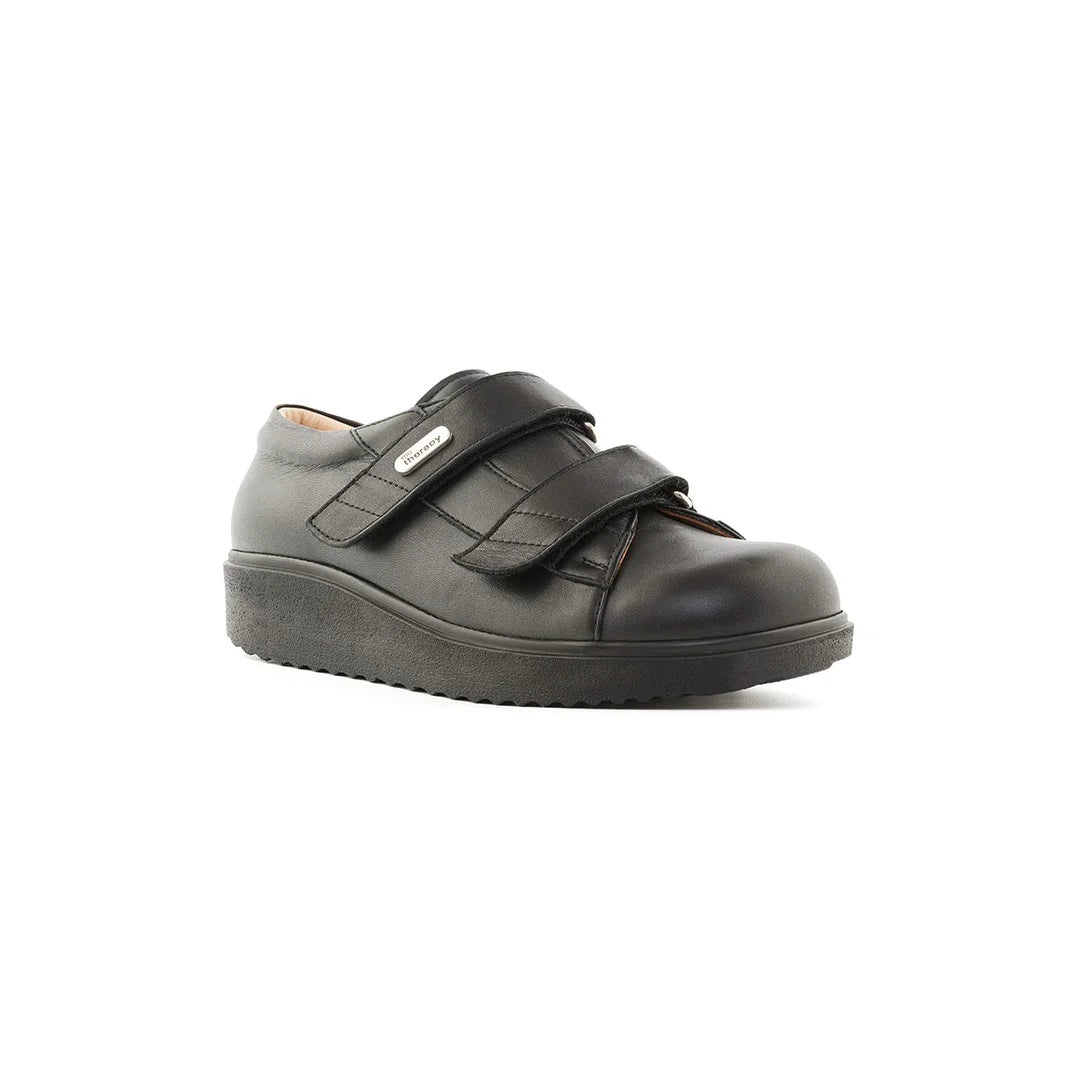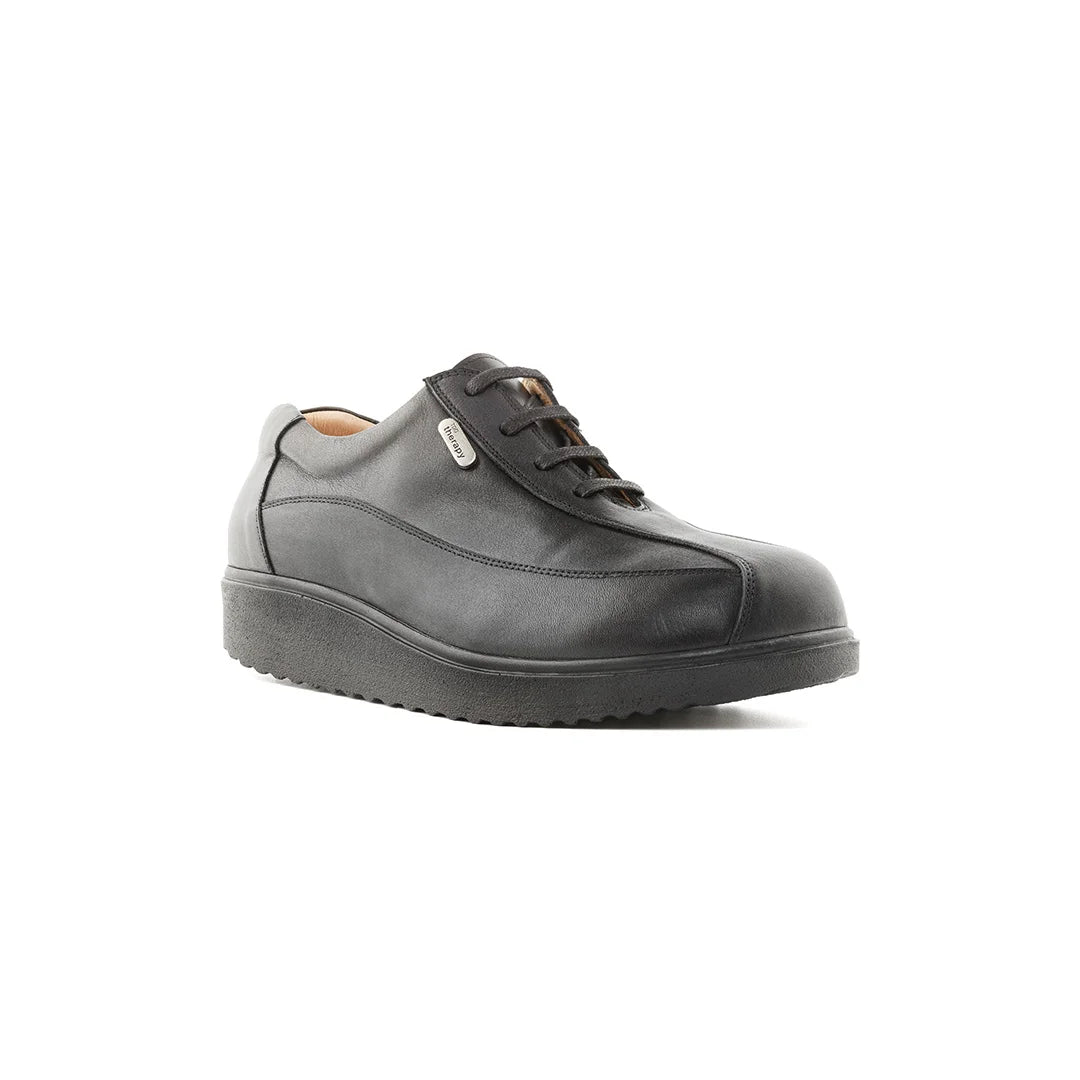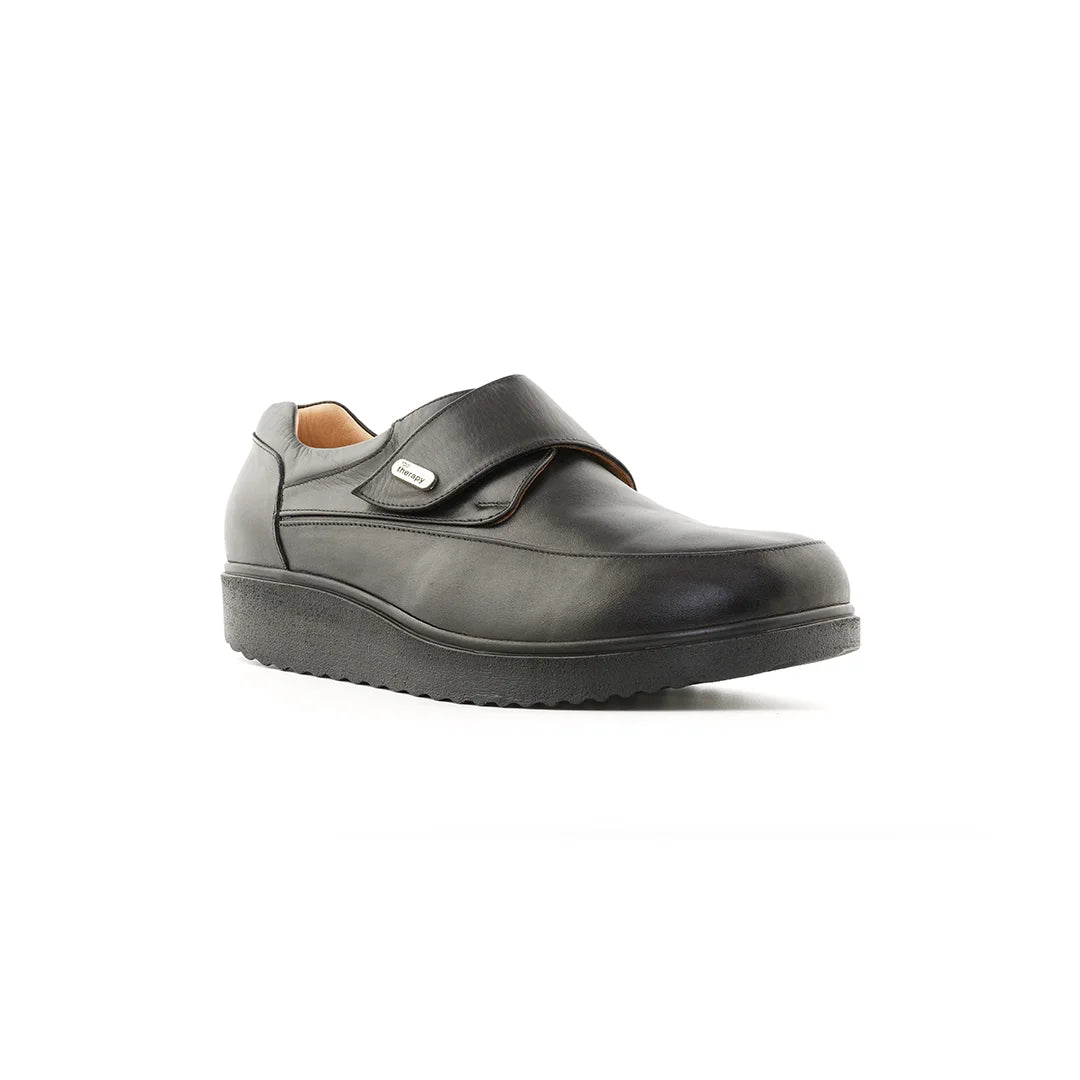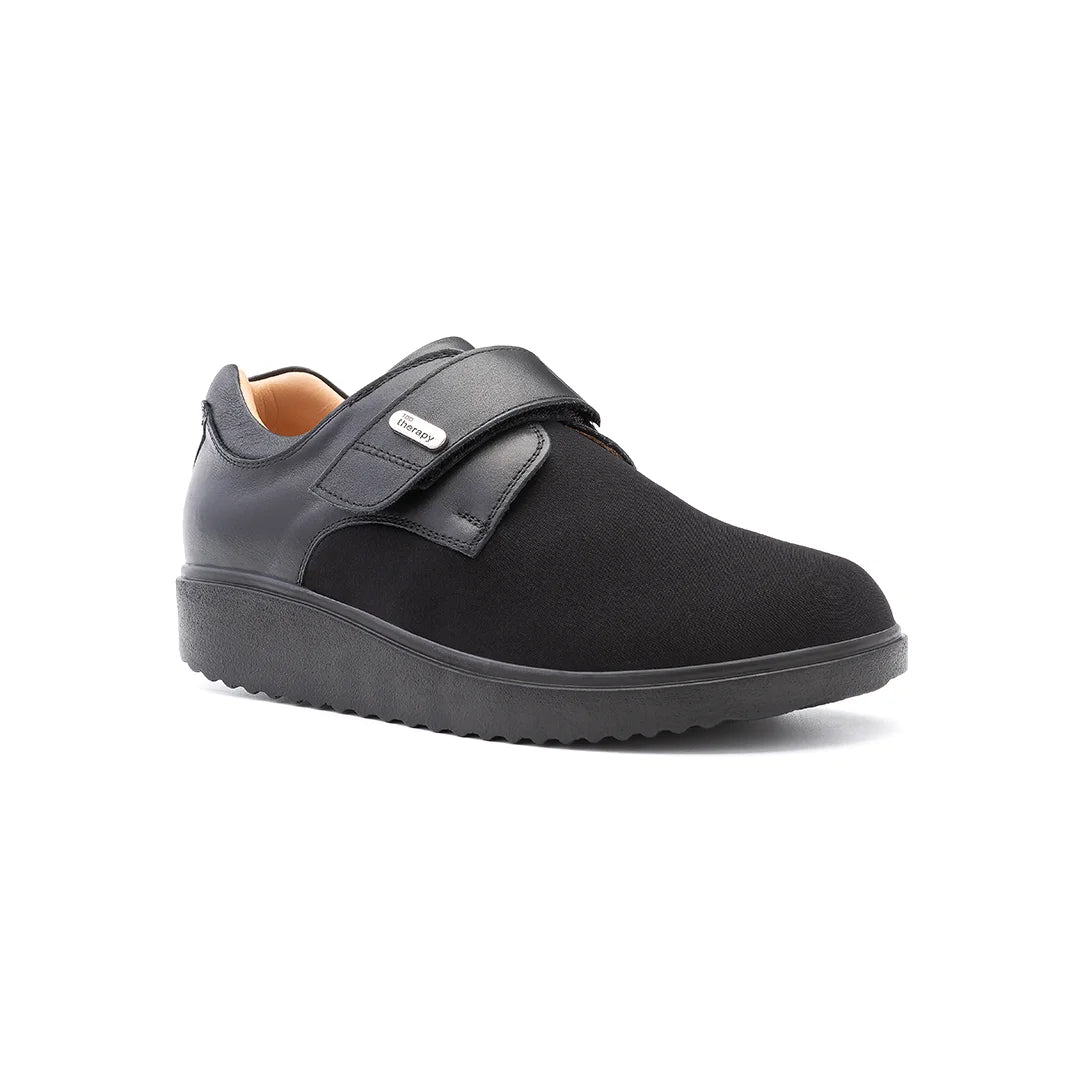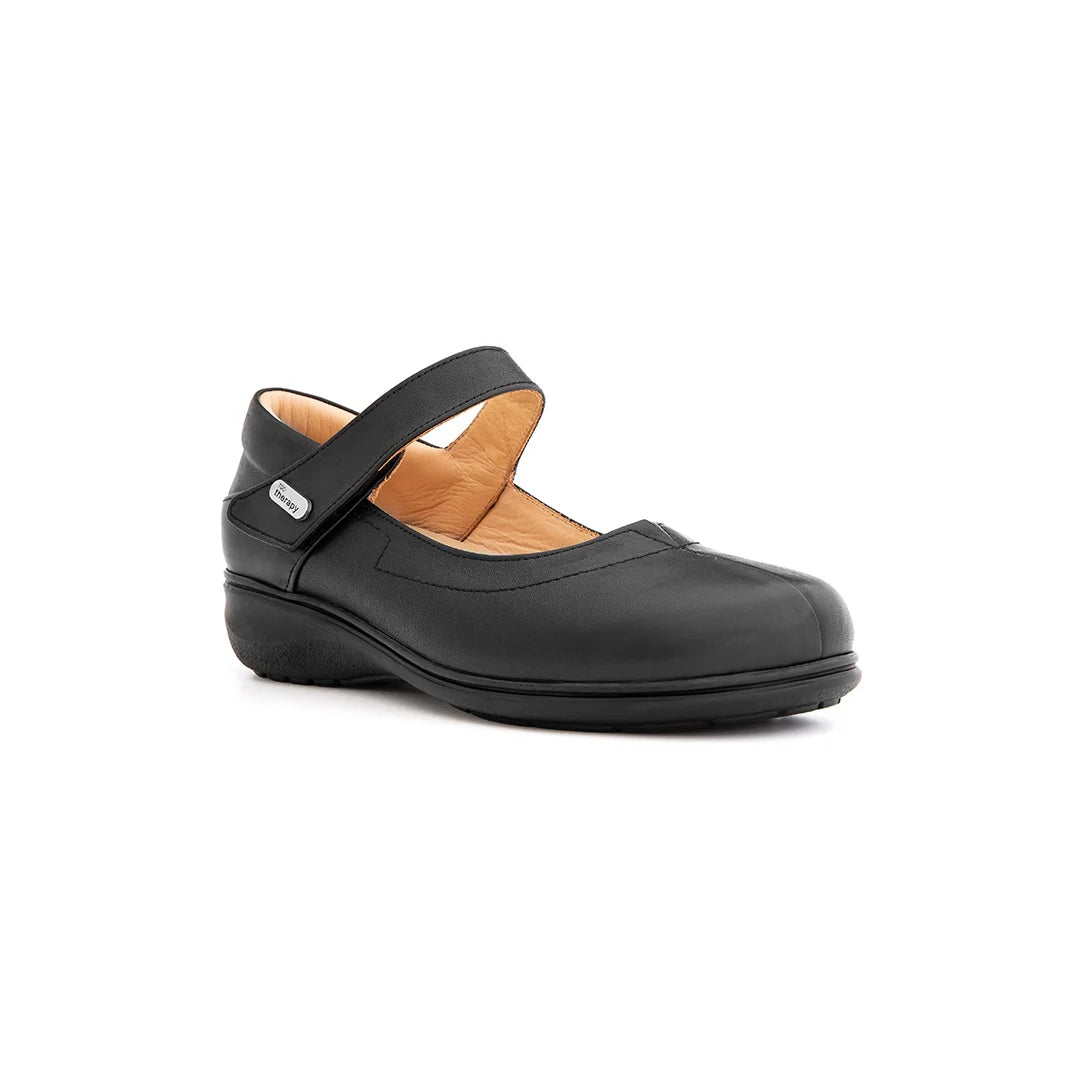Living with metatarsalgia, the nagging pain in the ball of your foot, can make every step a challenge. Whether it’s caused by high-impact activities, ill-fitting shoes, or foot structure, this condition can disrupt your daily routine. The good news? Choosing the right footwear can significantly reduce discomfort and help you move with ease. At TDO Therapy, we specialize in foot health solutions to support your journey to pain-free walking. In this guide, we’ll explore the 4 key features to look for in shoes for metatarsalgia relief, empowering you to make informed choices for lasting comfort. From arch support to cushioning, these features are designed to alleviate pressure and enhance your foot health. Let’s dive in and discover how the right shoes can transform your experience with metatarsalgia.
What is Metatarsalgia and Why Do Shoes Matter?
Metatarsalgia is a common foot condition characterized by pain and inflammation in the ball of the foot, often triggered by excessive pressure on the metatarsal bones. Causes include high-impact sports, wearing tight or high-heeled shoes, or having a high-arched foot structure. Without proper care, this discomfort can worsen, affecting your mobility and quality of life.
The best shoes for metatarsalgia play a critical role in managing symptoms. Unlike regular footwear, shoes designed for metatarsalgia relief distribute pressure evenly, reduce strain on the forefoot, and provide targeted support. By choosing footwear with specific features, you can minimize pain and prevent further irritation. At TDO Therapy, we recommend focusing on shoes that prioritize comfort and functionality to support your foot health. Let’s explore the 4 key features to look for in shoes for metatarsalgia relief to ensure you’re stepping in the right direction.
4 Key Features to Look for in Shoes for Metatarsalgia Relief
Selecting the right shoes is essential for managing metatarsalgia effectively. Here are the four must-have features to prioritize when shopping for metatarsalgia relief shoes:
Adequate Arch Support for Metatarsalgia Relief
Proper arch support is a cornerstone of footwear for metatarsalgia. Shoes with contoured insoles or built-in arch support help distribute your body weight evenly, reducing pressure on the ball of your foot. This feature is especially important for individuals with high arches or flat feet, as it stabilizes the foot and promotes natural alignment.
Look for shoes that offer firm yet comfortable arch support, or those compatible with custom orthotics for personalized relief. At TDO Therapy, we provide orthotic solutions tailored to your foot’s unique needs, ensuring maximum comfort and support. Choosing shoes with adequate arch support is a critical step toward lasting metatarsalgia relief.
Cushioned Forefoot for Pain Relief
Cushioning in the forefoot area is vital for absorbing shock and reducing pressure on the metatarsal bones. Metatarsalgia relief shoes often feature gel, foam, or memory foam padding in the ball-of-foot region to provide a soft landing with every step. This cushioning minimizes impact during walking or running, helping to alleviate pain and prevent further irritation.
When shopping, prioritize shoes with thick, responsive cushioning that retains its shape over time. Brands that incorporate advanced cushioning technologies, such as EVA foam or gel inserts, are excellent choices. At TDO Therapy, we recommend testing shoes for ample forefoot padding to ensure they meet your comfort needs.
Wide Toe Box for Comfort
A wide toe box is essential for preventing crowding and pressure on the forefoot, which can exacerbate metatarsalgia symptoms. Shoes with a spacious toe area allow your toes to spread naturally, reducing friction and promoting better circulation. This design is particularly beneficial for those with bunions or hammertoes alongside metatarsalgia.
Opt for shoes with a natural foot-shaped toe box, often found in brands specializing in orthopedic or athletic footwear. A wide toe box not only enhances comfort but also supports overall foot health. Check TDO Therapy’s product range for recommendations on shoes designed with metatarsalgia-friendly features.
Flexible Yet Stable Soles
The sole of a shoe should strike a balance between flexibility and stability. Flexible soles allow for natural foot movement, while stable soles provide the structure needed to prevent excessive strain on the forefoot. Shoes with rocker soles—slightly curved to promote a rolling motion—are particularly effective for metatarsalgia, as they reduce pressure during the push-off phase of walking.
Look for soles made from durable materials like rubber or polyurethane, which offer both flexibility and support. Avoid overly stiff or thin soles, as they can worsen discomfort. By choosing shoes with this balanced design, you’ll enjoy smoother, pain-free strides.

How to Choose the Right Shoes for Metatarsalgia Relief
Finding the perfect pair of shoes for metatarsalgia relief requires careful consideration. Here are practical tips to guide your shopping process:
- Try Shoes On Later in the Day: Feet tend to swell throughout the day, so testing shoes in the afternoon or evening ensures a proper fit.
- Test on Different Surfaces: Walk on both carpeted and hard floors to assess comfort and stability.
- Check the Fit: Ensure there’s enough room in the toe box and that the shoe doesn’t pinch or rub.
- Consult a Specialist: A podiatrist or foot health expert can recommend shoes tailored to your condition. At TDO Therapy, our team is here to provide personalized advice and solutions.
- Prioritize Quality: Invest in high-quality shoes from reputable brands to ensure durability and support.
Ready to find the perfect footwear? Explore TDO Therapy’s range of foot health products or book a consultation to discover the best shoes for metatarsalgia tailored to your needs.
FAQ About Shoes for Metatarsalgia Relief
What are the best types of shoes for metatarsalgia relief?
The best shoes for metatarsalgia include athletic sneakers, orthotic-friendly shoes, and rocker-soled footwear. These shoes prioritize arch support, cushioning, and a wide toe box to reduce forefoot pressure. Visit TDO Therapy for expert-recommended options tailored to your needs.
Can high heels cause metatarsalgia?
Yes, high heels can contribute to metatarsalgia by placing excessive pressure on the ball of the foot. Prolonged use of high heels or tight shoes can lead to inflammation and pain. Opt for supportive footwear for metatarsalgia with low heels and ample cushioning to minimize symptoms.
How do I know if a shoe is supportive enough for metatarsalgia?
Check for key features like firm arch support, cushioned forefoot padding, and a wide toe box. The shoe should feel stable yet flexible and allow natural foot movement. For personalized guidance, consult TDO Therapy’s foot health experts to ensure your shoes meet your needs.
Are custom orthotics necessary for metatarsalgia relief shoes?
Custom orthotics can enhance comfort but aren’t always necessary. Many metatarsalgia relief shoes come with built-in support or removable insoles that accommodate pre-made orthotics. Start with high-quality shoes and consult a specialist if additional support is needed.
Where can I find shoes for metatarsalgia relief?
Trusted retailers, orthopedic shoe stores, and online platforms offer shoes designed for metatarsalgia. For expert recommendations and premium foot health solutions, explore TDO Therapy’s products or contact our team for personalized advice.



